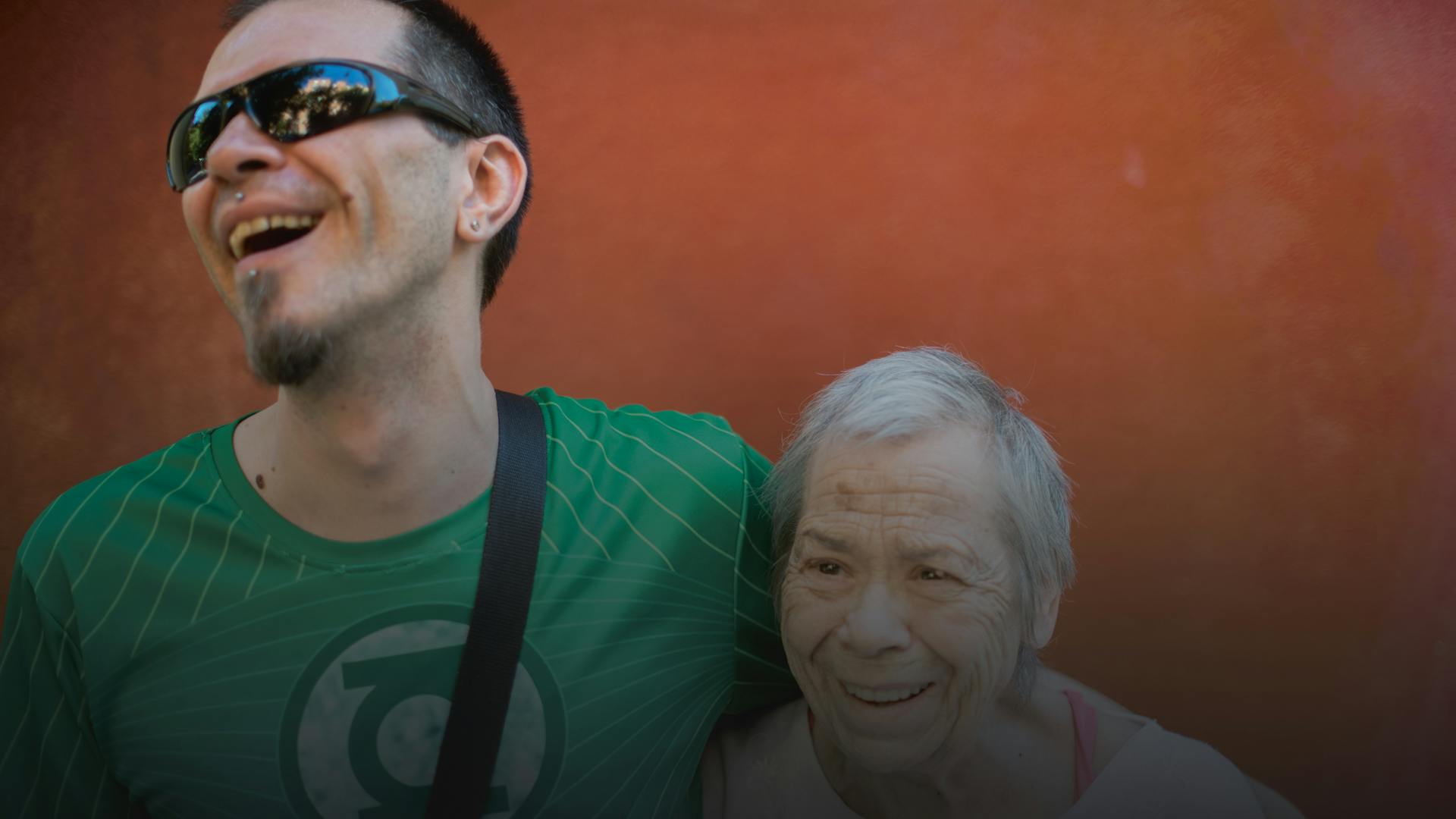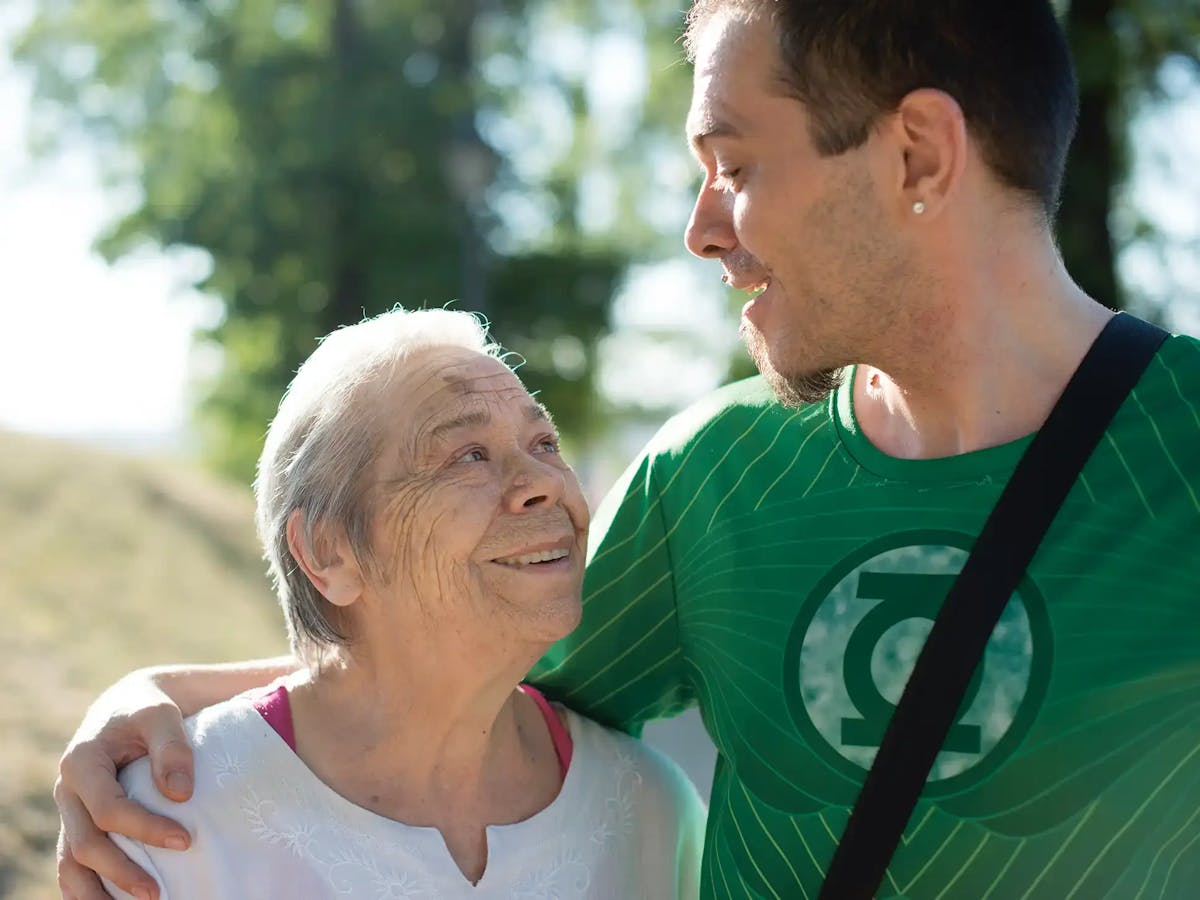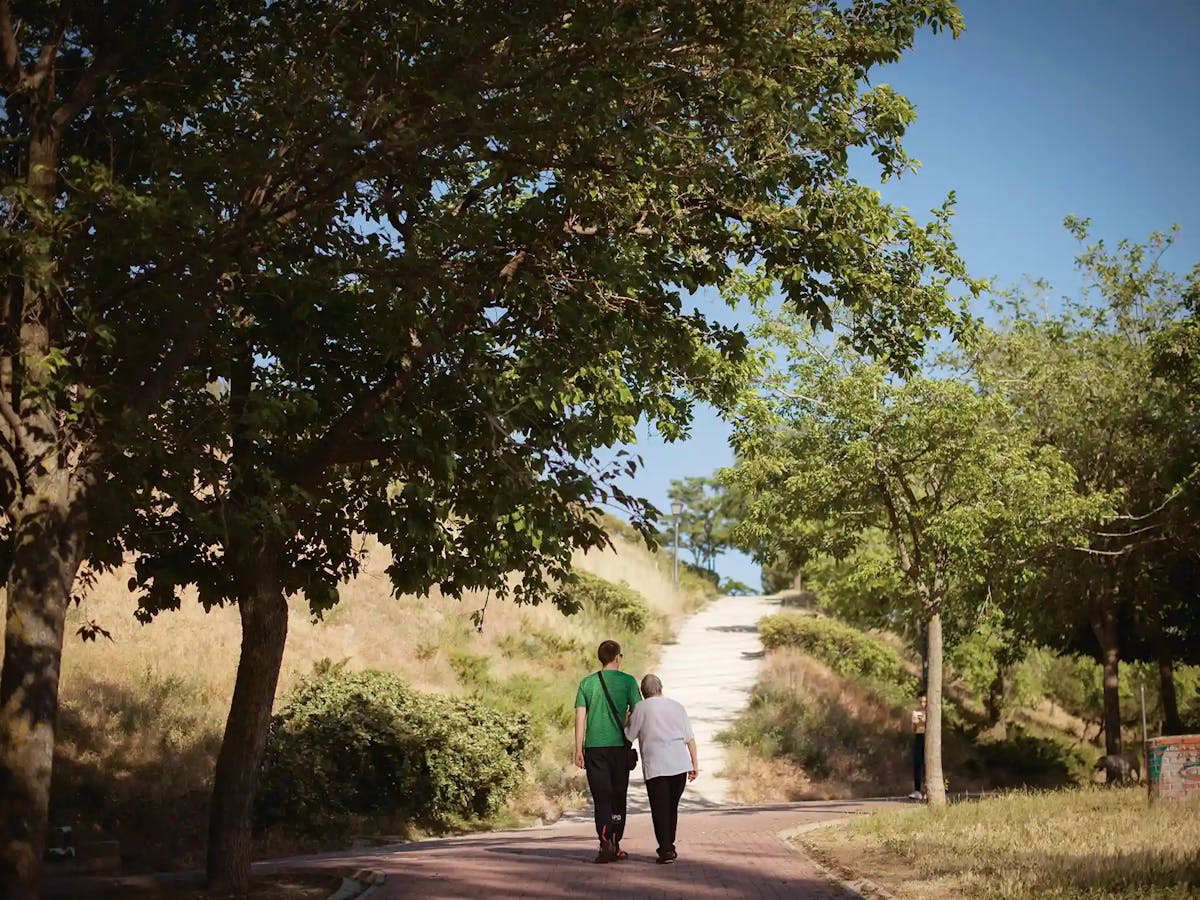
The close contact and daily program of activities...
Published on 19/10/2020
On Friday nights, 41-year-old J.P. García goes dancing. From a working-class suburb of Madrid, Spain, he takes the Metro downtown where a friend deejays. “I escape by dancing,” he says. It is a precious getaway. J.P. García spends most of his waking hours caring for his 81-year-old mother, Antonina Hernández, who suffers from Alzheimer’s disease.
J.P. García, a fitness trainer, first noticed her decline four years ago. Every day on the phone she described eating identical meals. He checked her refrigerator and it was nearly empty. He saw that she was losing track of time and forgetting to eat. A neurologist soon diagnosed Alzheimer’s, a disease Antonina Hernández shares with an estimated 44 million others around the world.
In the early days, she could manage on her own, with steady prompts and visits from J.P. García, who lived next door. But two years ago, he saw that she needed help with the most basic tasks and so he moved into her two-bedroom apartment. He dropped most of the clients in his fitness classes and became a full-time caregiver, an activity he shares with a growing number of people worldwide. In the United States alone, according to a 2012 report by the Alzheimer’s Association, there are about 15 million family caregivers who are supporting one of their relatives suffering from Alzheimer’s or another form of dementia.
Like many other family caregivers, J.P. García relentlessly consults the internet for advice. The most important point, he says, is to build routines for his mother, to keep her engaged.










